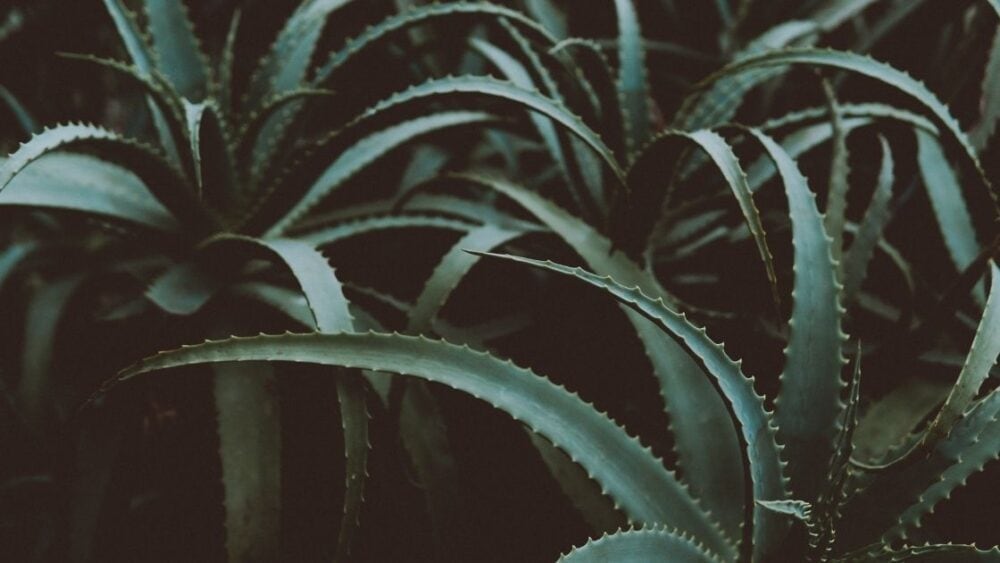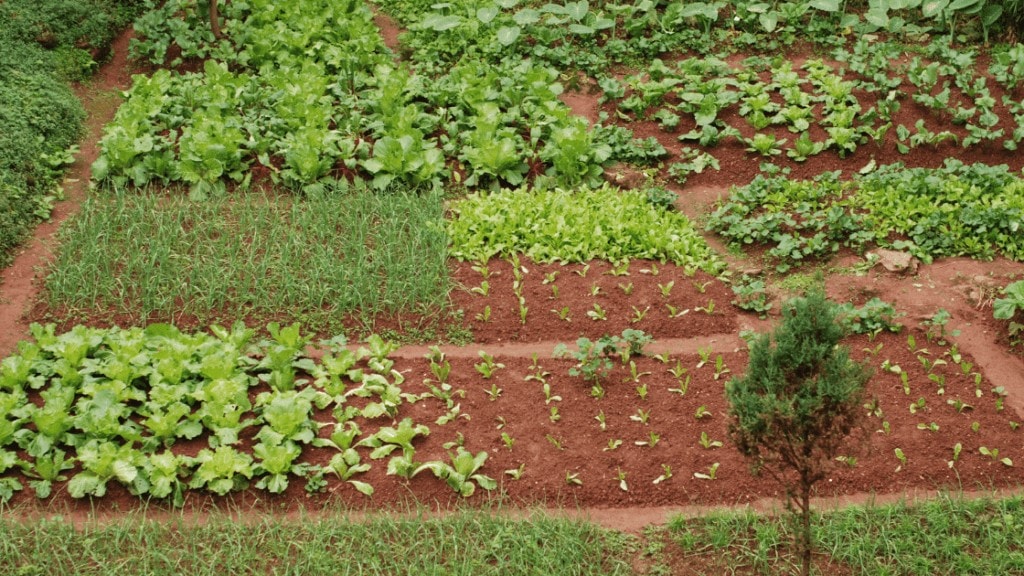
Who said that gardening was something that could only be done during the hottest months of the year? You have spent the summer away and found it impossible to take care of your crops, so you prefer to grow the fruits and vegetables typical of the colder time of year? Then you have nothing to worry about, because regardless of what many people may think, growing all kinds of vegetables in your garden in the middle of autumn is totally possible.
During the autumn and winter, temperatures drop compared to the usual values of summer, the days are shorter and the likelihood of strong gusts of wind and rain is much higher, so we will have to take into account all these weather factors before venturing to plant our autumn vegetables. To do this, we can use both our own seedlings (which can use organic seeds), and choose to transplant seedlings in good condition, which is much simpler and will provide greater viability for the survival of our entire crop.
In order to achieve your purpose and start creating your own organic garden from your own autumn seeds, the first thing you must do is find out which varieties of vegetables are suitable to grow when temperatures are so low and then learn to take care of all of them so that your sowing grows on time and in a totally healthy way.
Browse our Affiliate Products
Ready to grow your autumn vegetables?
Here we go!
Best Vegetables for Your Fall Garden

Lettuce
Lettuce is one of those vegetables that starts growing when the sun begins to recede and the soil cools down, being ideal for sowing from seeds or seedlings from late summer.
It is recommended to plant the seeds of the lettuce at least two months before the first frost occurs, ideally leaving a minimum spacing of 20 centimeters by 20 centimeters, regardless of whether it is done in pots or on growing tables.
Lettuce is a medium-strength vegetable, which means that it grows well when the temperature is warm but dies if it gets too hot and freezes in the face of extreme temperatures. It likes to be between sun and shade and if we provide it with some extra protection such as a cold frame or a row cover, it will thank us for it.
The lettuce likes intermediate temperatures, growing perfectly within a temperature range of 45 to 75 degrees approximately. It always likes the soil to be kept moist and applying a little mulch will be perfect for withstanding the winter cold and preventing the roots from freezing too much.
If you want to know more about growing lettuce from seeds look at this article. Savvygardening.com/how-to-plant-lettuce/

Kale
You can start planting your Kale about 6 or 8 weeks after the first frost occurs, which can vary depending on the climate of our geographical area so we must be very attentive to weather forecasts before planting. It likes to be kept between sun and shade, but it also grows well if it is in full sun with not too high temperatures.
The Kale grows better the colder it is, producing much tastier leaves when subjected to heavy frosts that cause the frost to grow on its green leaves.
If you are in an area where the autumn climate is unstable and there is a sudden rise in temperature, you can watch the kale wither a little. However, as soon as the temperatures plummet again, it will regain all its energy and vigor
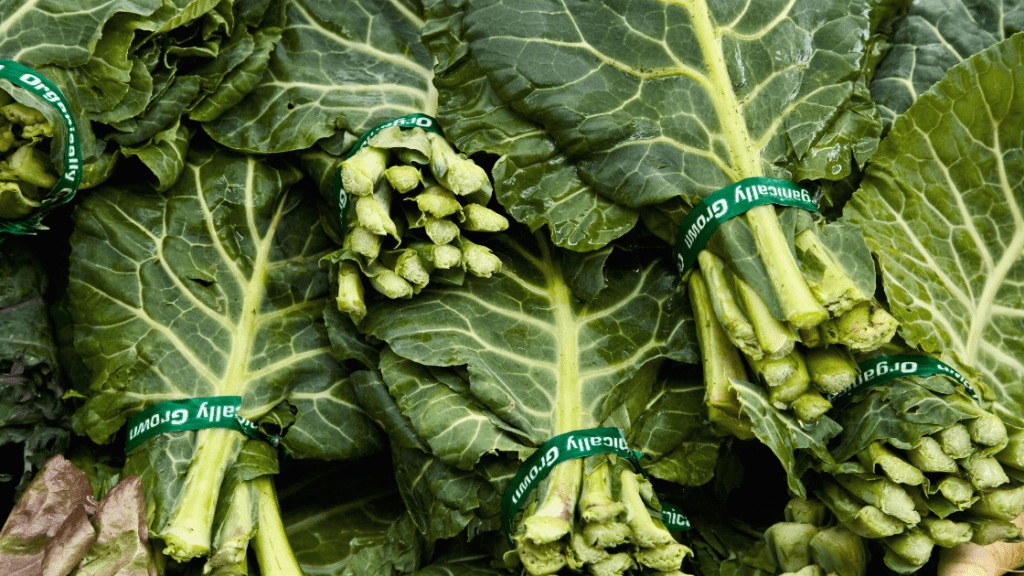
Collards
We should plant them 6-8 weeks before the first frost occurs, being ideal to plant them in an area where they can stay a minimum of 4 hours a day in full sun and then be kept in partial shade.
Cabbages are the most resistant to the cold, because like curly cabbages, their flavor improves the colder it gets.
Cabbages need a very well-nourished soil during all their growing season, since it is a very heavy vegetable that ends up generating a great amount of leaves that will need a lot of energy to continue growing healthy.

Parsley
It is important to know that parsley will take about 90 days before it can begin to harvest, so do not lose patience with this vegetable, or think that your care is not emerging effect.
Parsley is one of those plants that are considered biennial, that is, during the first year they produce a plant that is edible throughout the year, but later if we let it grow it will flower and produce a stem that is too bitter to be used in the kitchen. It grows well in temperate climates and hates frost.
Parsley needs extra care in its germination process, being necessary that we soak its seeds well 24 hours before so it can germinate properly.
If you want to learn more about growing Parsley click on the link below. Thekitchn.com/everything you need to know about growing parsley

Spinach
It is preferable to plant the seeds of the spinach 4 or 8 weeks before the first big frost, being ideal that it is always kept in a sunny area or of semi shade.
It is a plant that loves the cold, being even better to be grown in areas where temperatures are close to freezing point to produce some tastier leaves.
If you want to cultivate it year after year, you must harvest only the outermost leaves.
If you are interested in buying seeds in bulk check out SeedsNOW by clicking here.
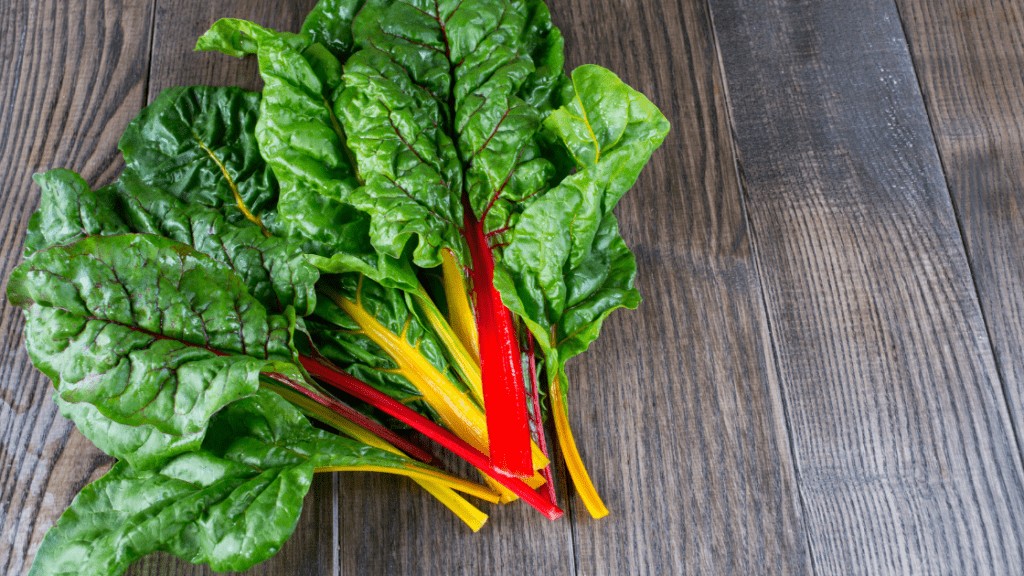
Swiss Chard
It is preferable to start growing spinach ten weeks before the first frost in an indoor area and wait until the plant is 4 weeks old to continue growing in an outdoor area.
It is resistant to cold and light frost. However, if there is a very strong frost, it can freeze to death.
It is resistant to cold and light frost. However, if there is a very strong frost, it can freeze to death.
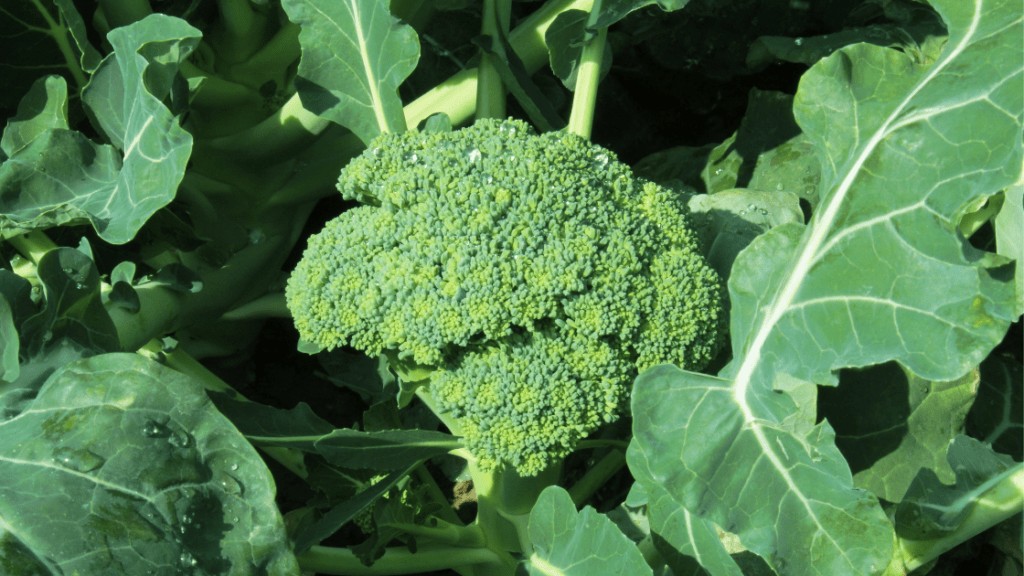
Broccoli
Broccoli likes to be in full sun, and we must harvest it at least 3 months before the first big frost of the season. To grow well it is preferable to harvest the seeds in an indoor area at first and wait until they are about 3 weeks old to transport them to the outdoor garden.
It does not like warm temperatures and survives very well in extremely cold areas.
It is important that we keep the soil of the broccoli always wet so that it grows properly.

Brussels Sprouts
We should plant the seeds about 85 or 100 days before the first frost and take into account the climate in which we are, because if we live in a very hot area it is better to start growing indoors, while if it is a much colder area can be grown directly in the garden.
It is very resistant, being able to withstand even a big snowfall without its roots, nor its leaves suffering at all.
If you want your cabbages to taste better, wait until the first frost passes before harvesting them so that the soil will be much fresher, and they will grow healthy and tasty.

Cauliflower
To grow properly, plant the cauliflower seeds indoors 12 weeks before the first frost and wait until they are 4 weeks old to transport them outdoors.
It is not very resistant to extreme temperatures and can only withstand a frost if the cauliflower heads are already in a sufficiently mature state.
The cauliflower needs constant water and its soil must always be quite humid, although we should not over water it as this could lead to root rot.

Kohlrabi
About ten weeks before the first big frost occurs, you will always need them to be in full sunshine . If we plan to start its cultivation outdoors, we can sow it 8 or 10 weeks before the frost, but if we do it indoors, we will have to wait 6 or 8 weeks before the frost.
It is a very resistant plant, as much to the cold as to the high heat, being able to survive perfectly the lightest frosts of the winter.
t grows faster than other vegetables and can be harvested only 65 days later.

Bunching Onions
You will have to plant your onion bouquets about 8 weeks before the first frost. You can do it directly outside or start with an indoor cultivation and then transport it outside.
It is resistant to cold temperatures, and it is preferable that we provide some kind of protection so that it can withstand the coldest winds, snow and freezing.

Cabbage
They like to be kept in full sun and depending on the type of cabbage we are going to grow (early or late) we will have to decide whether to grow them before or after the 12 weeks before the frost.
It survives the cold very well, reaching values below 20 degrees below zero.
If you want a delicious cabbage, you should always keep it well watered and keep it in a cool area where temperatures do not rise too much.

Garlic
Garlic is one of those vegetables that we must plant from one year to the next, ideally just before the first big frost and the soil is kept at a pleasant 50 degrees.
Garlic is hardy and easy to grow and can grow well in virtually any climate and soil.
In spite of having a very late harvest, the care of garlic is very simple and throughout the year we only have to be careful to remove its withered leaves and wait until next autumn to harvest it when we notice that its leaves are already brown.
If you want to learn more about growing Garlic click on the link below for more information. Almanac.com plant garlic

Turnips
It is ideal to plant the turnips two months before the first frost occurs and to keep them in a place of partial shade.
It is a plant resistant to the cold, being preferable to keep it better covered with a thick mulch.
The thick mulch will prevent the turnip roots from freezing in mid-winter, but it is preferable to plant them long before the soil is completely frozen.

Beets
The beets need direct exposure to the sun or partial shade, being ideal to plant them about 12 weeks after the first frost of the winter.
It is a plant that is very resistant to low temperatures, but if we provide it with some extra protection such as a mulch or a row cover, it will handle it much better.
The leaves produced by the beet are edible throughout its growth stage, with the smaller leaves being precisely those that have better flavor.
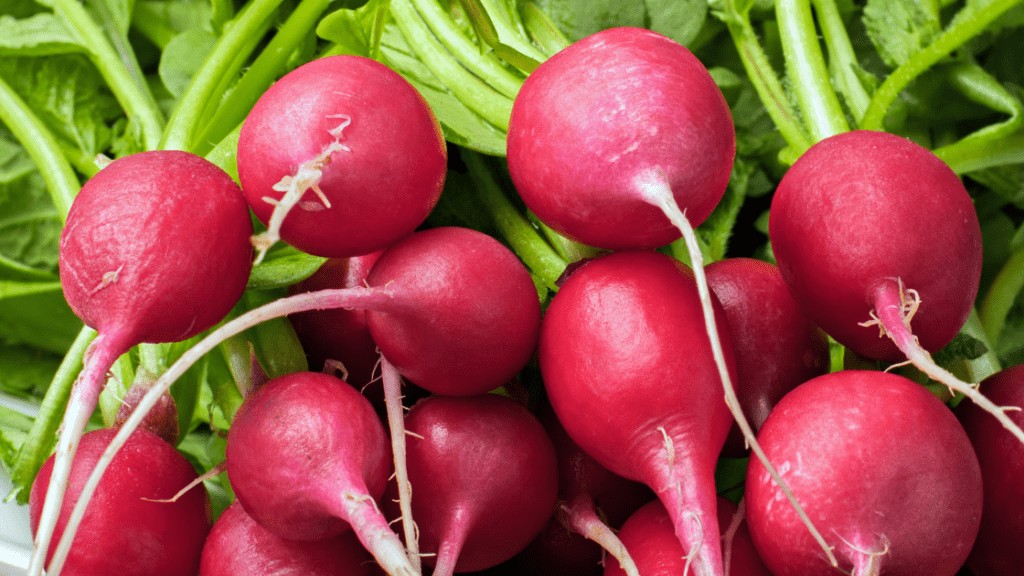
Radishes
You should plant your radishes 4 weeks before the first frost of autumn.
They stand the cold very well, although being a fast-growing vegetable you may be able to start harvesting them before the soil has frozen.

Peas
It is preferable to plant the peas about 80 or 90 days before the first frost occurs, but you should always be very aware of climatic changes because a rise in temperature or a slight frost will spoil your entire crop quickly.
They can withstand light frost, but they are not able to cope with extreme cold.
If you want to have a successful autumn pea harvest, you will have to take good care of them during the last summer months and give them an extra dose of water.
Conclusion
In conclusion, if you have always wanted to cultivate your garden during the coolest months of the year, following all the guidelines we have explained above, you will surely be able to achieve it.
Nature is wise and has the capacity to continue giving us all kinds of fruits even when the weather conditions are not favorable, so the only thing we will have to do as gardeners is to supervise its growth and ensure its safety during the coldest nights.
Follow our advice and you will succeed!







